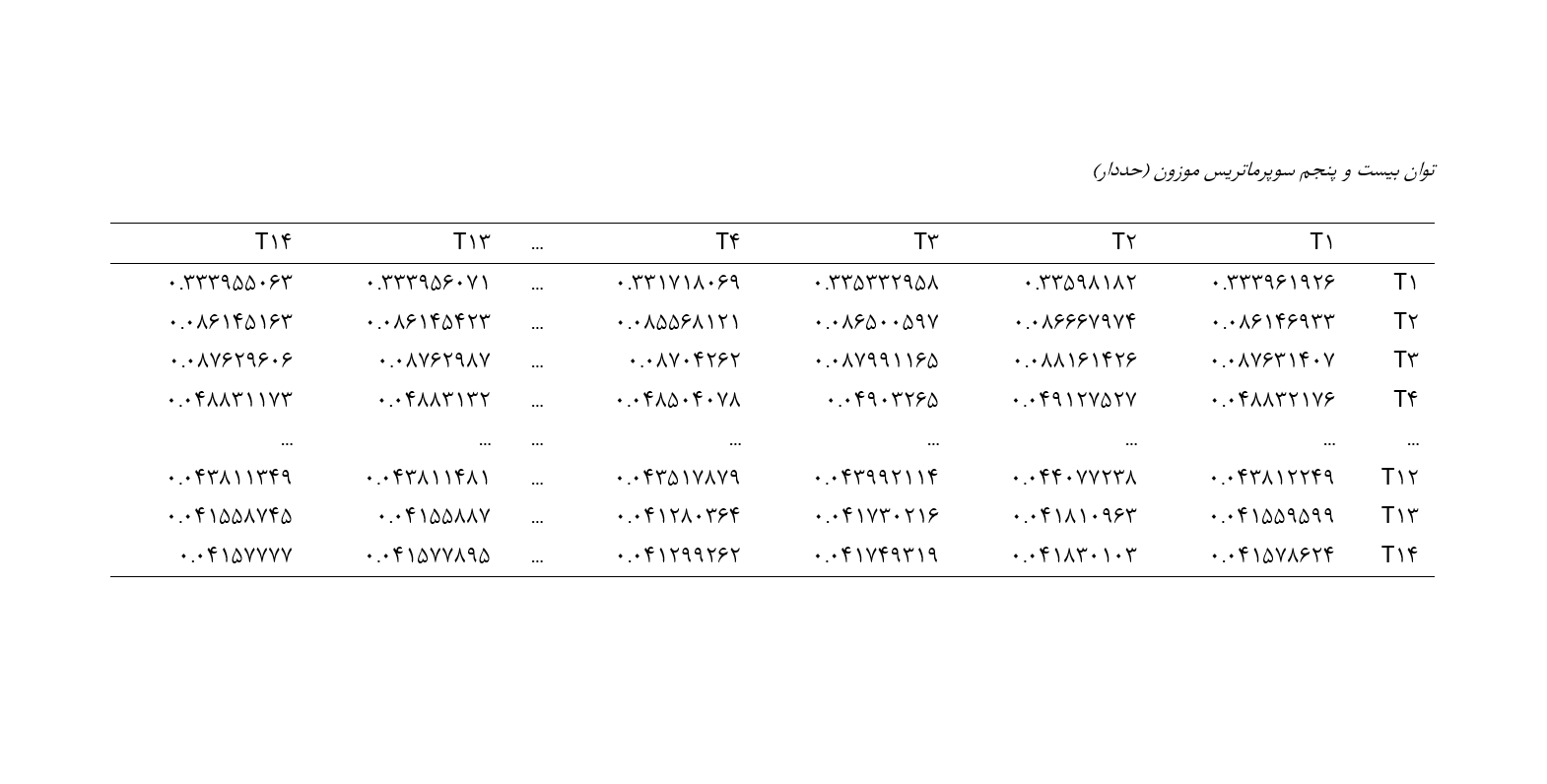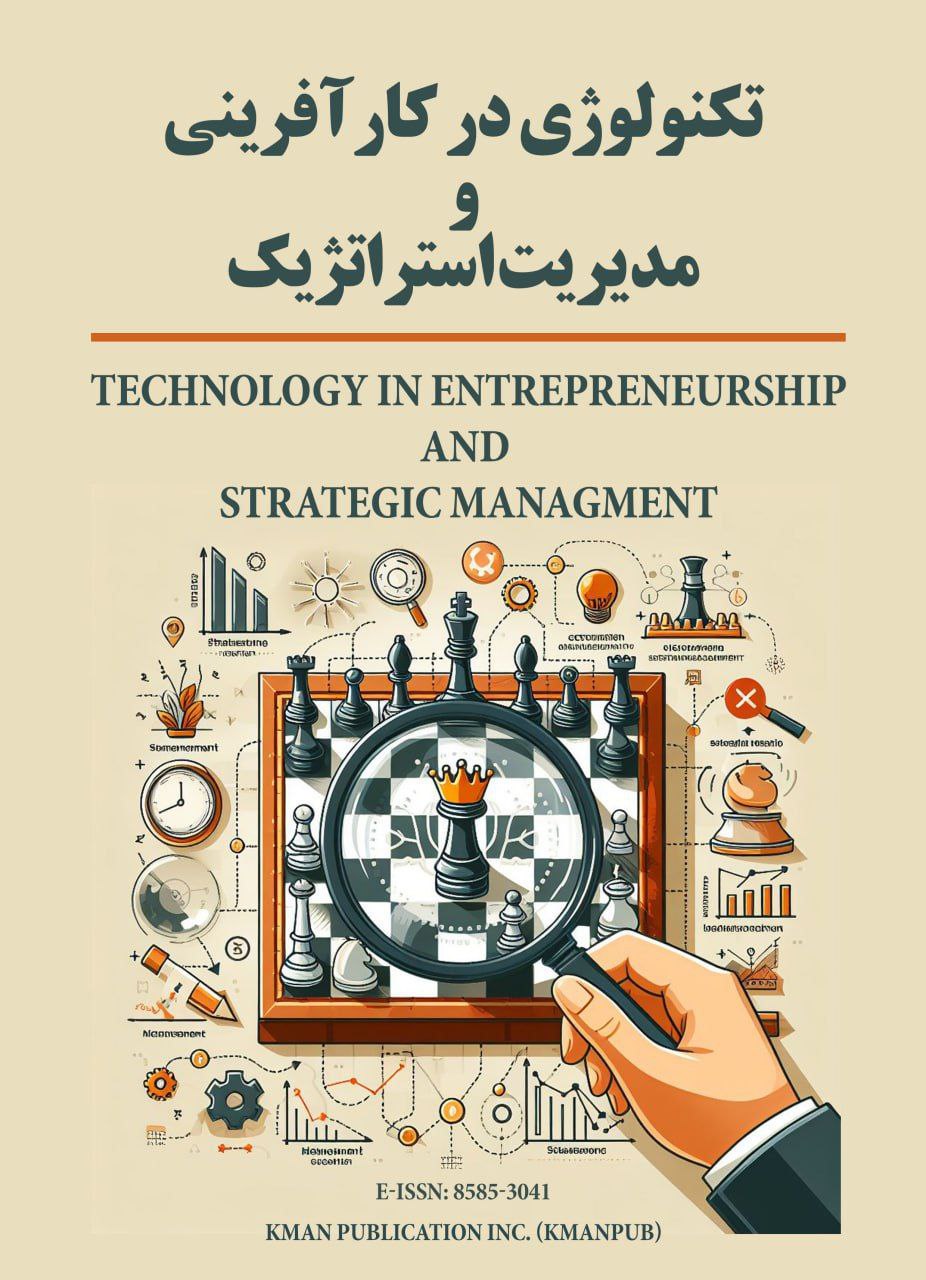Designing a Sustainable Supply Chain Agility Model in the Oil and Gas Industry of Bushehr Province Using a Mixed Approach
Keywords:
Supply Chain, Agility, Sustainability, Oil and Gas Industry, Bushehr ProvinceAbstract
The primary objective of this research is to design a sustainable supply chain agility model in the oil and gas industry of Bushehr Province. This study employs a mixed-method approach (qualitative-quantitative), content analysis, the fuzzy DEMATEL technique, and the Analytic Network Process (ANP). The statistical population consists of managers, officials, and mid- to senior-level experts from companies operating in the oil and gas industry of Bushehr Province. A sample size of 10 managers, experts, and industry specialists was selected for each stage. The qualitative findings revealed that sustainable supply chain agility indicators are comprised of environmental factors (green purchasing, eco-friendly and economic design and packaging, environmental preservation), economic factors (adoption of information technology, responsiveness, speed, competence, flexibility), and social factors (customer collaboration, ethical purchasing, social responsibility, compliance with laws, integration of relationships, and supplier collaboration). In the quantitative section, the first stage using the fuzzy DEMATEL approach showed that environmental factors fall under the category of effect criteria, while economic and social factors fall under the category of cause variables. ANP findings indicated that among the environmental factors, the green purchasing indicator holds the highest weight (0.33), followed by the environmental preservation indicator (0.087) and eco-friendly and economic design and packaging (0.086). Among the economic factors, the speed indicator has the highest weight (0.0524), followed by flexibility (0.0513) and competence (0.0505). Among the social factors, the customer collaboration indicator (0.0439) and compliance with laws (0.0438) have the highest weight.
Downloads






















